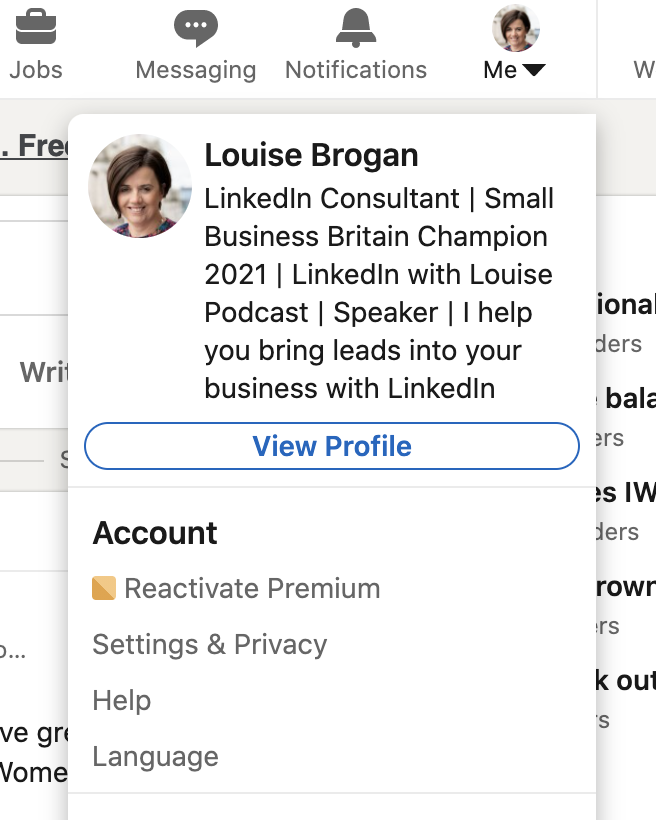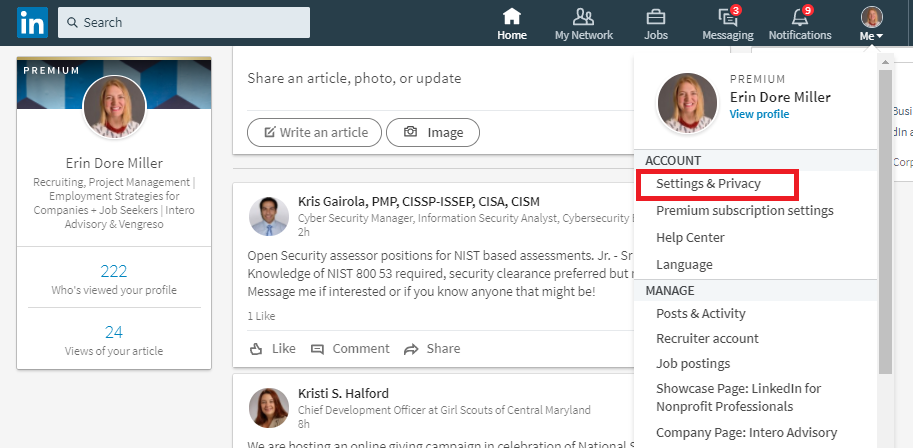LinkedIn has become a vital tool for professionals looking to connect, network, and grow their careers. But as useful as it is, many users wonder about the possibility of having more than one LinkedIn account. Whether it's for managing different professional identities or separating personal and work connections, this topic raises several questions. In this article, we'll explore
Understanding LinkedIn's Policy on Multiple Accounts

LinkedIn has a clear stance on the use of multiple accounts. According to their User Agreement, each member is allowed to create only one personal account. This single account should reflect your professional identity, and having more than one violates their terms of service. Here are a few key points to consider:
- Identity Verification: LinkedIn wants to ensure that users represent a consistent professional identity. Multiple accounts can lead to confusion for connections and potential employers.
- Network Fragmentation: If you create multiple accounts, you risk splitting your connections across them, which dilutes your professional network.
- Account Suspension: If LinkedIn detects multiple accounts associated with the same person, they may suspend or deactivate them. This can disrupt your networking efforts and career opportunities.
If you feel the need for a second account, consider these alternatives instead:
- Create a comprehensive profile that encompasses all your professional experiences.
- Use LinkedIn’s features, like Groups and Pages, to manage different aspects of your professional life.
- Adjust your privacy settings to control who sees what on your profile.
In summary, while it may be tempting to create multiple LinkedIn accounts, adhering to their policies will ultimately serve your professional interests better.
Also Read This: Can LinkedIn Create a Professional Resume
Reasons for Having Multiple Accounts

Having more than one LinkedIn account can seem counterintuitive, but there are several legitimate reasons why someone might consider it. Let’s dive into a few of these reasons:
- Different Professional Personas: If you work in multiple industries or have diverse skill sets, separate accounts can help you tailor your profile for specific audiences. For instance, a graphic designer who also does marketing might want distinct profiles to showcase their work appropriately.
- Freelance vs. Full-time: Freelancers often want to market themselves differently compared to their full-time jobs. Maintaining separate accounts can help potential clients see your freelance work without the distraction of your primary employment.
- Privacy Concerns: Some individuals may prefer to keep their personal and professional networks separate. If you're concerned about potential employers peeking into your private life, a second account could help you manage what content is visible.
- Networking Strategies: Having multiple accounts can enable you to connect with different networks or communities. For instance, you might want one account focused on tech networking and another on creative industries.
While these reasons are compelling, it’s essential to remember that maintaining multiple profiles can increase your workload and complicate your networking efforts.
Also Read This: How to Add Courses on LinkedIn to Showcase Your Skills
Best Practices for Managing Multiple Profiles
If you decide to go ahead with multiple LinkedIn accounts, managing them effectively is crucial to avoid confusion and ensure they serve their purpose. Here are some best practices:
- Keep Profiles Distinct: Clearly define the purpose of each account. Ensure the content, connections, and activities of each profile are aligned with its specific goals.
- Regular Updates: Just like a single account, each profile needs regular attention. Update your experience, skills, and achievements frequently to keep them relevant.
- Use Different Emails: Always associate each profile with a different email address. This helps avoid login issues and keeps your accounts organized.
- Engagement Strategy: Create a tailored engagement plan for each account. Understand who you want to connect with on each profile and how you plan to interact with them.
- Monitor LinkedIn Policies: LinkedIn has specific rules regarding multiple accounts. Stay updated on these policies to avoid potential issues, such as account suspension.
By following these best practices, you can effectively manage multiple LinkedIn accounts without losing sight of your professional branding and networking goals!
Also Read This: How to Follow Someone on LinkedIn for Professional Networking
5. Potential Risks and Consequences
Creating multiple LinkedIn accounts might seem like a clever strategy to diversify your professional presence, but it comes with several risks and consequences that can impact your online reputation and networking opportunities.
Account Suspension: LinkedIn has strict policies against duplicate accounts. If they detect that you have more than one, you run the risk of having all of your accounts suspended. This means losing access to your connections, endorsements, and any content you’ve shared.
Credibility Issues: Maintaining multiple accounts can confuse your connections and employers. If they find conflicting information about you across different profiles, it can raise doubts about your professionalism and reliability. This can hurt your chances when job hunting or networking.
- Networking Challenges: Having more than one account might dilute your networking efforts. Instead of building a strong network in one place, you’re splitting your connections across multiple profiles, which can hinder your ability to engage meaningfully with industry peers.
- Inconsistent Branding: Each account may project a different image or message about you. This inconsistency can lead to a fragmented professional identity, making it difficult for others to understand your skills and expertise.
- Loss of Recommendations and Endorsements: Recommendations and endorsements are valuable assets on LinkedIn. If you separate your profiles, you may lose these testimonials, which can impact your professional credibility.
6. Conclusion
In conclusion, while the idea of having multiple LinkedIn accounts may seem appealing for various reasons, the potential risks and consequences far outweigh the benefits.
It's essential to focus on building a strong, single profile that accurately represents your professional journey and aspirations. Here are some final thoughts to consider:
| Pros of One Account | Cons of Multiple Accounts |
|---|---|
| Clear professional identity | Risk of account suspension |
| Stronger networking opportunities | Credibility issues |
| Easier management of endorsements | Inconsistent branding |
Ultimately, it's best to leverage a single robust LinkedIn profile. Invest your time and energy into creating a compelling account that showcases your skills, experiences, and professional goals. This not only helps in networking but also enhances your chances of being discovered by potential employers!
 admin
admin








